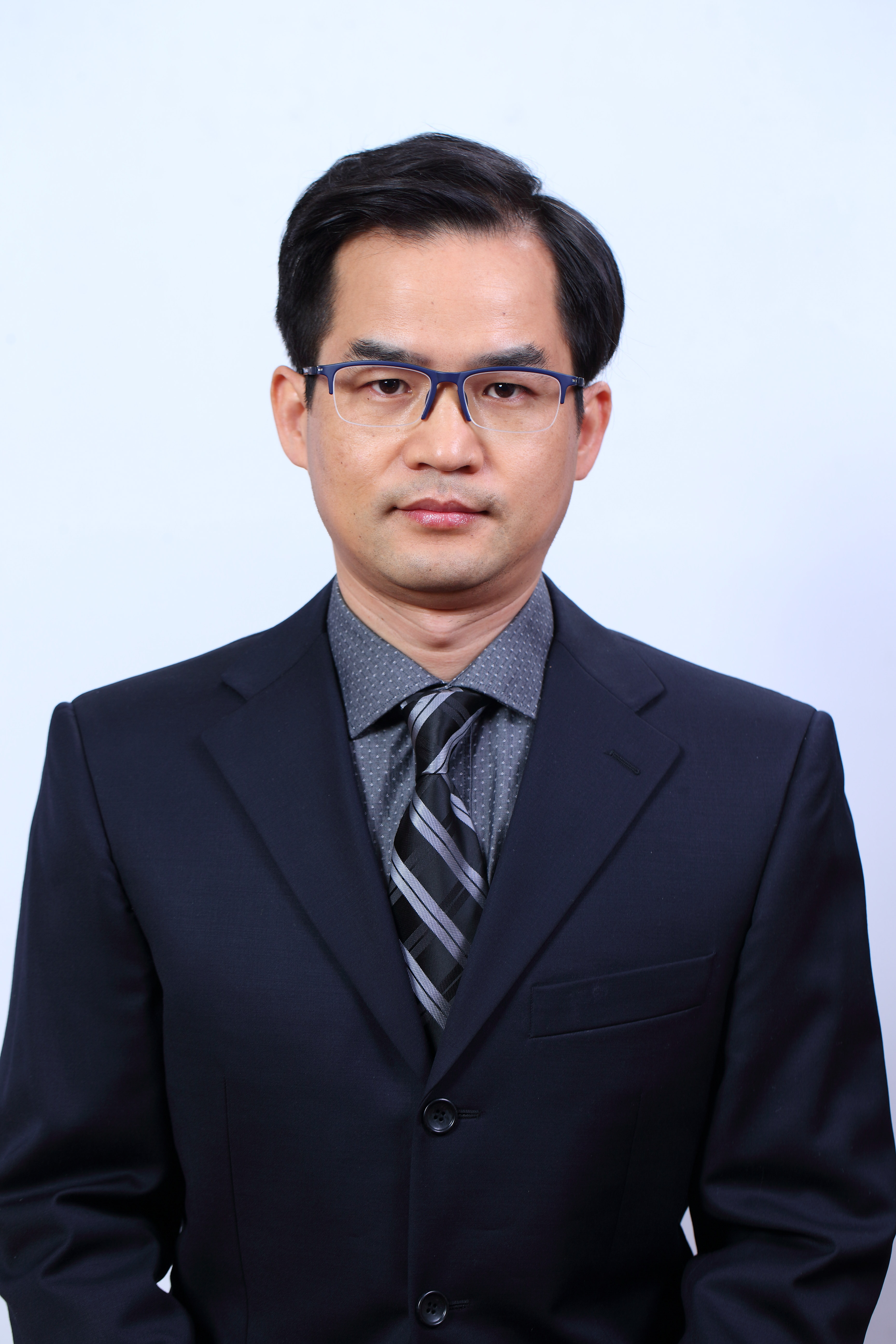Faculty

Name : Xuequn Cheng
Department : Institute of corrosion control systems engineering
Title :Professor
Address :Institute for advanced materials and technology, university of science and technology of Beijing, 30 xueyuan road, haidian district, Beijing
Zip code :100083
Office Location : Corrosion building 518
Office Telephone : 010-62333931-518
Mailbox : chengxuequn@ustb.edu.cn
Personal profile:
Dr. Cheng began his professional career at USTB as an assistant researcher in 2007, and he became a professor in 2018. Dr Cheng has also served as Deputy Secretary-General of the Chinese Society for Corrosion and Protection (CSCP).
He has received several “Science and Technology Progress Award” from State Council and Provincial Governments. Among these include: State Council (2016), Hubei Province (2015, 2016), Shandong Province (2016), Jiangsu Province (2017)
As the project leader, he conducted many National research projects, include: NSFC projects, 973 projects and 863 projects, and more than 100 projects from enterprise. He has obtained 25 patents for invention authorized by the state and 2 patents authorized internationally. He has published more than 50 research papers in top journals such as Correction Science and Electrochemical Acta.
Research direction:
1.Research and Development of Corrosion Resistant Steel
2. Corrosion and Protection in Industrial Environment
3. Surface Treatment of metal
Scientific research achievement :
[1] X. Cheng, Y. Wang, C. Dong, X. Li, The beneficial galvanic effect of the constituent phases in 2205 duplex stainless steel on the passive films formed in a 3.5% NaCl solution, Corrosion Science. 134(2018) 122-130.
[2] X. Cheng, Z. Jin, M. Liu, X. Li, Optimizing the nickel content in weathering steels to enhance their corrosion resistance in acidic atmosphere, Corrosion Science. 115 (2017) 135-142.
[3] X. Cheng, Z. Feng, C. Li, C. Dong, X. Li. Investigation of oxide film formation on 316L stainless steel in high-temperature aqueous environments. Electrochimica Acta, 56(17), pp 5860-5865, 2011.
[4] H. Tian, X. Cheng*, Y. Wang, et al., Effect of Mo on interaction between / phases of duplex stainless steel. Electrochimica Acta, 267(2018) 255-268.
[5] Y. Wang, X. Cheng* and X. Li, Electrochemical behavior and compositions of passive films formed on the constituent phases of duplex stainless steel without coupling. Electrochemistry Communications, 57(2015) 56-60.
[6] W. Wu, X. Cheng*, H. Hou, et al., Insight into the product film formed on Ni-advanced weathering steel in a tropical marine atmosphere. Applied Surface Science, 436(2018) 80-89.
[7] Z. Feng, X. Cheng*, C. Dong, X. Li. Passivity of 316L stainless steel in borate buffer solution studied by Mott-Schottky analysis, atomic absorption spectrometry and X-ray photoelectron spectroscopy. Corrosion Science, 52(11), pp 3646-3653, 2010.
[8] Z. Feng, X. Cheng*., C. Dong, X. Li. Effects of dissolved oxygen on electrochemical and semiconductor properties of 316L stainless steel. Journal of Nuclear Materials, 407(3), pp 171-177, 2010.
[9] M. Liu, X. Cheng*, X. Li, et al., Effect of carbonation on the electrochemical behavior of corrosion resistance low alloy steel rebars in cement extract solution. Construction and Building Materials, 130(2017) 193-201.
[10] X. Cheng, Y. Wang, X. Li, et al., Interaction between austein-ferrite phases on passive performance of 2205 duplex stainless steel, Journal of Materials Science and Technology (2018),
[11] System innovation and major engineering application of material marine environmental corrosion assessment and protection technology. National Science and Technology Progress Award, second prize, 2016




